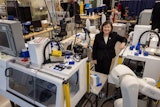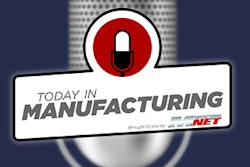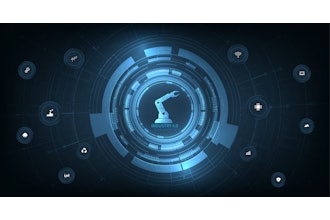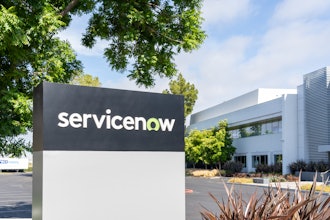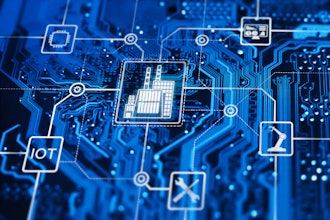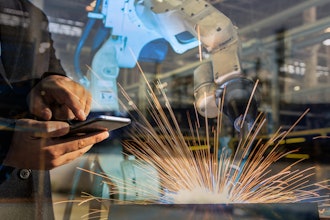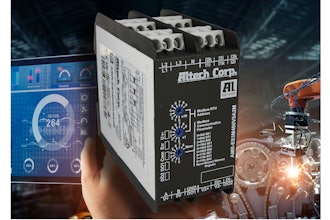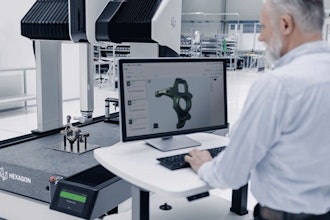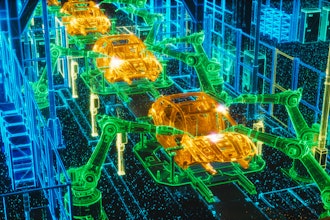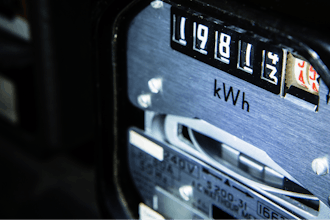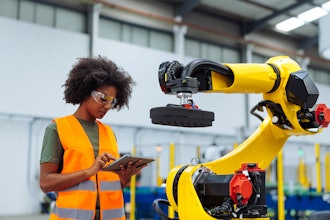By now, you've probably already heard of the Internet of Things and everything it provides for tech-savvy consumers. An extensive, worldwide network that bridges technological gaps and connects everything from modern cellphones and ATMs to smart microwave ovens, thermostats and more, the IoT will include approximately 200 billion devices by 2020.
Consumers aren't the only ones targeted by the advancement of the IoT. An even more recent breakthrough, known as the Industrial Internet of Things — or IIoT — is already shaping the future of CNC machining.
Initial Benefits Of IIoT Integration
The IIoT has many immediate, direct benefits to the manufacturing industry and its workforce. Although some of these improvements are more apparent than others, some of the primary selling points of the IIoT include:
- Improved workplace safety. Automated machines and collaborative robots — also known as cobots — utilize the IIoT to perform many of the same tasks as their human counterparts. They're also regularly assigned to the more dangerous and hazardous jobs in the factory. Not only will this result in a cleaner safety record across the board, but manufacturers will also gain increased quality and consistency through automated production lines.
- Greater customization and on-demand manufacturing. Manufacturers are already using the IIoT to enhance communications with their customers and create custom-designed or on-demand products. Projects also benefit from new, high-speed machines and access to more materials than ever before.
- Enhanced supply chain functionality. The IIoT also improves functionality throughout the supply chain. Interconnected systems provide key personnel with access to inventory records and product information from nearly any device that has internet access. Shipped goods are easily tracked — in real-time — via sensors that display information on their current location, their environment and even their physical condition.
These are just some of the effects manufacturers will notice within the first days, weeks and months after adopting the IIoT for their operations. Also, there are a plethora of long-term benefits to consider.
Long-Term Advantages of the IIoT
Apart from its initial benefits, the IIoT is changing the long-term outlook of the entire manufacturing industry. Some estimates predict that the IIoT has the potential to contribute $14.2 trillion in new funds to the global economy by 2030 — and this deadline is only a few years away. It's also set to become one of the biggest drivers of manufacturing growth during this time. It is expected to achieve such rapid development through various means, including:
- Increased sustainability. The IIoT introduces numerous improvements to a factory's sustainability. Cheaper and cleaner hardware, comprehensive data analyses and equipment that regulates its power consumption are all made possible via the IIoT.
- Massive cost savings. Robot-driven production via the IIoT results in tremendous cost savings. By automating the more mundane and menial tasks on the factory floor, manufacturers can worry less about general laborers and focus on developing their top human talent. Additionally, there are even more cost savings through the enhanced sustainability and increased energy efficiency of IIoT-connected devices.
- Improved competitiveness. Embracing the IIoT also makes a company more competitive. While it might be a standard part of doing business within a few short years, the infrastructure isn't there yet. As some companies hesitate to adopt new policies and fully embrace the IIoT for all it offers, those who take an early, proactive stance can gain an edge over their strongest competitors. According to a recent study, the earliest and largest integrators of the IIoT stand to benefit the most during these formative years of the infrastructure.
The IIoT's current benefits are numerous and easy to understand. As the technology is developed and refined over the coming years, it's anybody's guess as to what changes might result — and the added advantages they offer.
Considering the Benefits and Overcoming the Challenges
Despite the myriad benefits, the IIoT does include some inherent risks. A need for greater network security is of the utmost concern, but the problem of dealing with such large datasets also needs a solution. While experts are confident they can overcome these challenges with time, the wheels are already in motion and the clock isn't on their side.
Megan Ray Nichols is a STEM writer and blogger.
